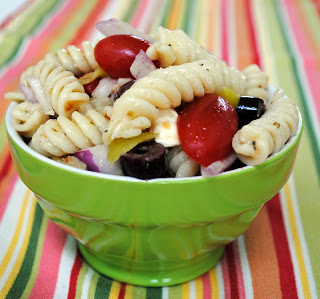
One day I decided that it was time to make a change to my regular pasta salads, which are good salads, but I have been making the same ones for years. As I stood scanning the contents of the refrigerator, I spied a jar of artichoke hearts. Yum. Then my eyes rested on a jar of kalamata olives. Yum again. More scanning and a little digging and a new salad was born.
As with many pasta salads, the recipe is very fluid. Add, subtract, and substitute ingredients at will. This recipe calls for kalamata olives, which are great in this salad, but black olives can be substituted. Another type of olive that could be used is Castelvetrano, which is a mild, buttery green olive.
What does “al dente” mean when cooking pasta?
For years I got irritated with the instructions on any cooking show that said that pasta should be cooked “al dente” and then described al dente as meaning “to the teeth”. What the heck was “to the teeth”? To further increase my irritation, the cook or chef would then pick up a piece of pasta, tilt his/her head back, drop the pasta in their mouth, chew, and pronounce the pasta perfectly cooked. Seriously. Watching someone else chew the pasta was really educational. I mean, I came away knowing exactly what al dente meant.
So, over the years I practiced and practiced trying to figure out al dente. Maybe I’m slow, years to figure out al dente?
Here is an explanation of “al dente”. I’m sure you know what over-cooked and under-cooked pasta are like. Over-cooked pasta is too hard, it is resistive to easy chewing, and will stick to your teeth; maybe sticking to the point that you have to pick it off. Under-cooked pasta is mushy. There is no resistance when you bite it. If you try to mix it up in, say, a pasta salad it will fall apart.
A well cooked pasta will:
- Give a slight resistance when you bite it. It will be pliable. You will actually feel like you are chewing something, the pasta will have substance. Mama bear would love it because it will be just right.
- Will not fall apart when mixed with other ingredients.
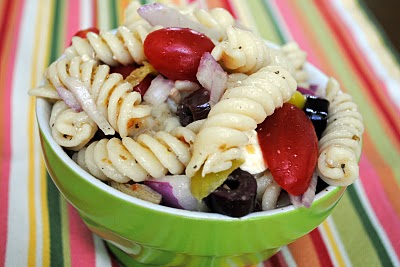
How to Cook Pasta
Use a pot big enough to allow the pasta to move around easily in the water. Don’t over-crowd the pasta in the pot. Give it some space.
Salt the water before you add the pasta. It is during the cooking process that the pasta picks up the salty flavor.
Add the uncooked pasta to boiling water. Adjust the heat as necessary to keep the water boiling, but not so much that it overflows the pot. Cook the pasta for the least amount of time stated on the package. Taste for the correct bite. Cook a minute or two longer in the case that the pasta is undercooked.
Once the pasta has reached the al dente stage, remove the pot from the stovetop and drain. Generally, don’t rinse the pasta, unless specifically stated in a recipe. Also, some recipes call for you to reserve some of the cooking water to add back as part of the recipe.
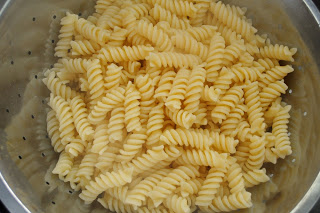
And one more thing – the quality of the pasta makes a difference in the quality of the end product. I really hated to have to tell you about that, because when you find packages of pasta for like 3 pkgs. for $1.00, it is really tempting to stock up. Inexpensive pasta often will not hold up well during the cooking process. It falls apart and becomes mushy quickly.
One of my favorite pastas is Barrilla brand. Ronzoni is also good. And you know what else? The Kirkland brand from Costco is very good. At least I think so.
If you can ever lay your hands on a high quality, and yes expensive, pasta, then buy it one time just for fun. You’ll be surprised at the difference. I finally caved and bought a really good pasta for the salad in this post. When I first tasted a piece of the fresh cooked pasta, I just kind of stood in my kitchen saying, “Oh. I see. To the teeth.” I cannot really afford to buy super high quality pasta, but the one experience was enlightening and educational.
Greek Pasta Salad
Ingredients
- 8 ounces rotini or fusilli pasta
- 1/2 cup sliced kalamata olives black olives can be used as a substitute
- 1 cup grape tomatoes, sliced in half lengthwise
- 1/2 cup quartered artichoke hearts
- 1/2 cup grated parmesan or Romano cheese
- 1/4 cup feta cheese crumbles
- 1 small purple onion, small diced
- 2 whole banana peppers, thinly sliced, then chopped you can also use pepperoncini
- 1 cup Italian salad dressing Recommended: Olive Garden Italian Dressing or Bernstein's Cheese Fantastico Dressing
- 1/2 teaspoon salt
- 1/4 teaspoon ground black pepper
Instructions
- Cook pasta according to package directions to the al dente stage. Be careful not to overcook. Rinse cooked pasta under cool water and drain well.
- Put pasta in a medium-sized bowl. Add the remainder of the ingredients to the pasta. Mix well. Cover and chill for at least 2 hours. Stir before serving.

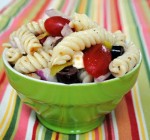
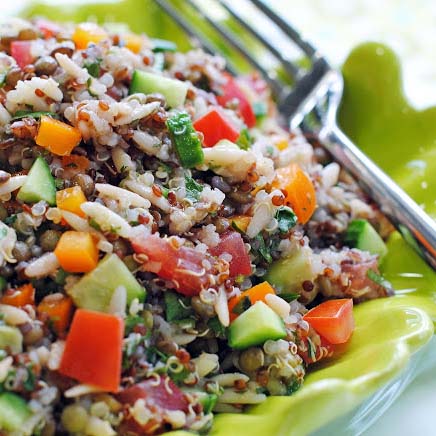
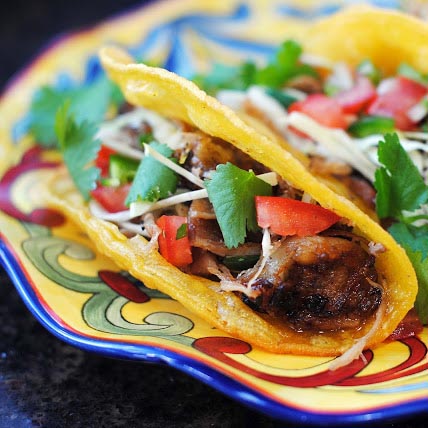
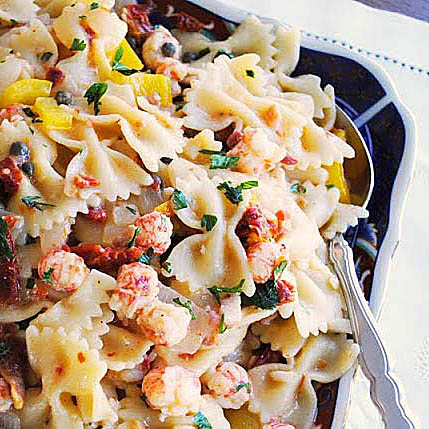
Leave a Reply